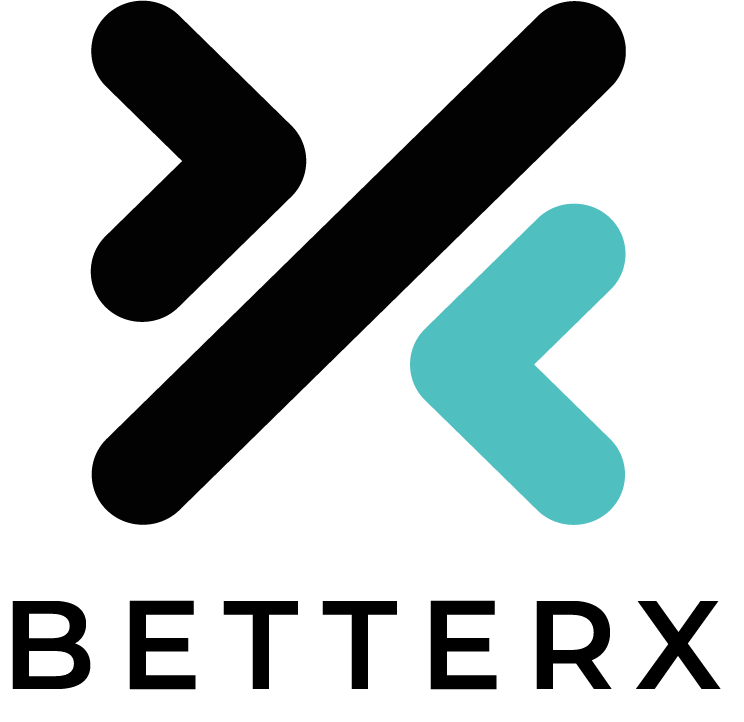Ethereum - What You Need To Know
Ethereum (ETH) stands out as a pioneering force in the realm of cryptocurrencies, offering more than just a digital currency. In this article, we'll delve into the core concepts of Ethereum, exploring its decentralized nature, smart contracts, and its ambition to revolutionize the way we interact with digital assets.
Decentralization and Smart Contracts: Ethereum operates as a "Layer 1" decentralized platform, providing a foundation for a wide array of applications beyond simple transactions. At its heart are smart contracts—self-executing contracts with the terms of the agreement directly written into code. Think of them as digital agreements that automatically execute when predefined conditions are met, removing the need for intermediaries.
Example: Imagine a vending machine. You deposit money (send a transaction), and the machine dispenses the chosen item (executes the smart contract) without the need for a human mediator.
ERC-20 Compatibility Standard: Ethereum facilitates the creation of new cryptocurrencies or tokens through its ERC-20 compatibility standard. This standard ensures that tokens created on the Ethereum blockchain are interoperable, meaning they can be easily exchanged and utilized within the Ethereum ecosystem.
Analogy: Think of ERC-20 tokens as apps on a smartphone. Each app operates within the same system (Ethereum blockchain) and can seamlessly interact with one another.
Gas Fees: Gas fees are a crucial aspect of Ethereum, representing the computational work required to process and validate transactions on the network. Every transaction, whether it's sending ETH or interacting with a smart contract, incurs a gas fee. This fee is paid to miners who validate and add transactions to the blockchain.
Example: Consider gas fees as the toll you pay for using a highway. The more complex the transaction or contract, the higher the toll, reflecting the computational resources needed.
Global Platform for Decentralized Applications (DApps): Ethereum envisions itself as a global platform for decentralized applications (DApps). These are applications that operate on a peer-to-peer network, eliminating central points of control. Users worldwide can create and use these applications without fear of censorship, downtime, or fraud.
Analogy: Think of DApps as a global playground. Anyone can bring their games, services, or tools to the playground, and everyone plays by the same rules enforced by the Ethereum blockchain.
Transition to Proof-of-Stake (PoS): Ethereum is actively working towards transitioning from a proof-of-work (PoW) to a proof-of-stake (PoS) consensus model. Unlike PoW, which involves miners solving complex mathematical problems, PoS relies on validators who lock up a certain amount of cryptocurrency as collateral. This transition aims to make Ethereum more scalable, secure, and environmentally friendly by reducing energy consumption.
Analogy: Picture PoW as a competitive race where participants (miners) expend energy to win. PoS, on the other hand, is like a voting system where participants (validators) contribute based on their stake in the network.
In conclusion, Ethereum is not just a cryptocurrency; it's a transformative platform laying the groundwork for a decentralized future. Through smart contracts, ERC-20 tokens, and its commitment to innovation, Ethereum continues to shape the landscape of blockchain technology, offering users a glimpse into a more secure, transparent, and efficient digital world.
Register to BetterX today to buy Bitcoin and other popular cryptocurrencies.

